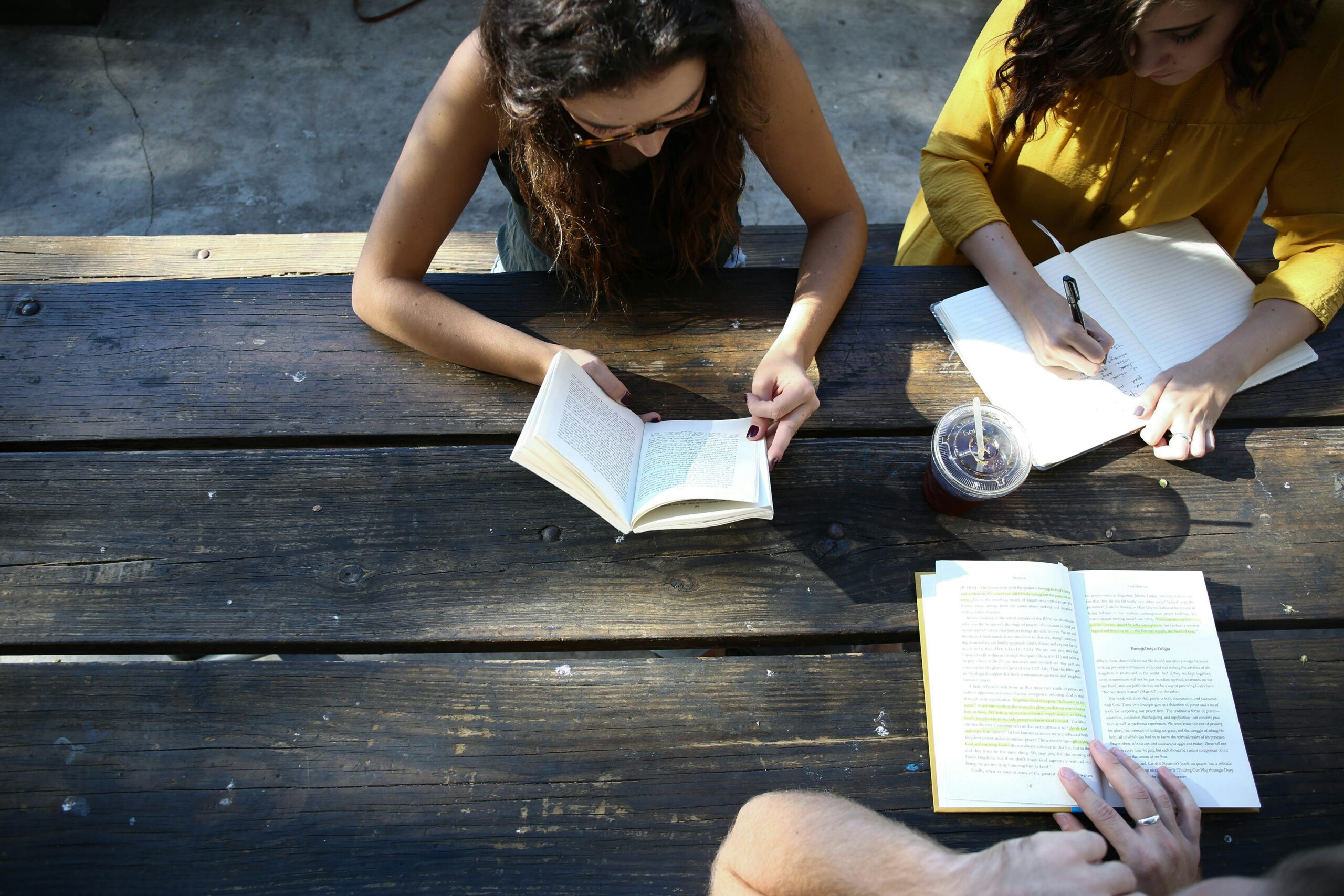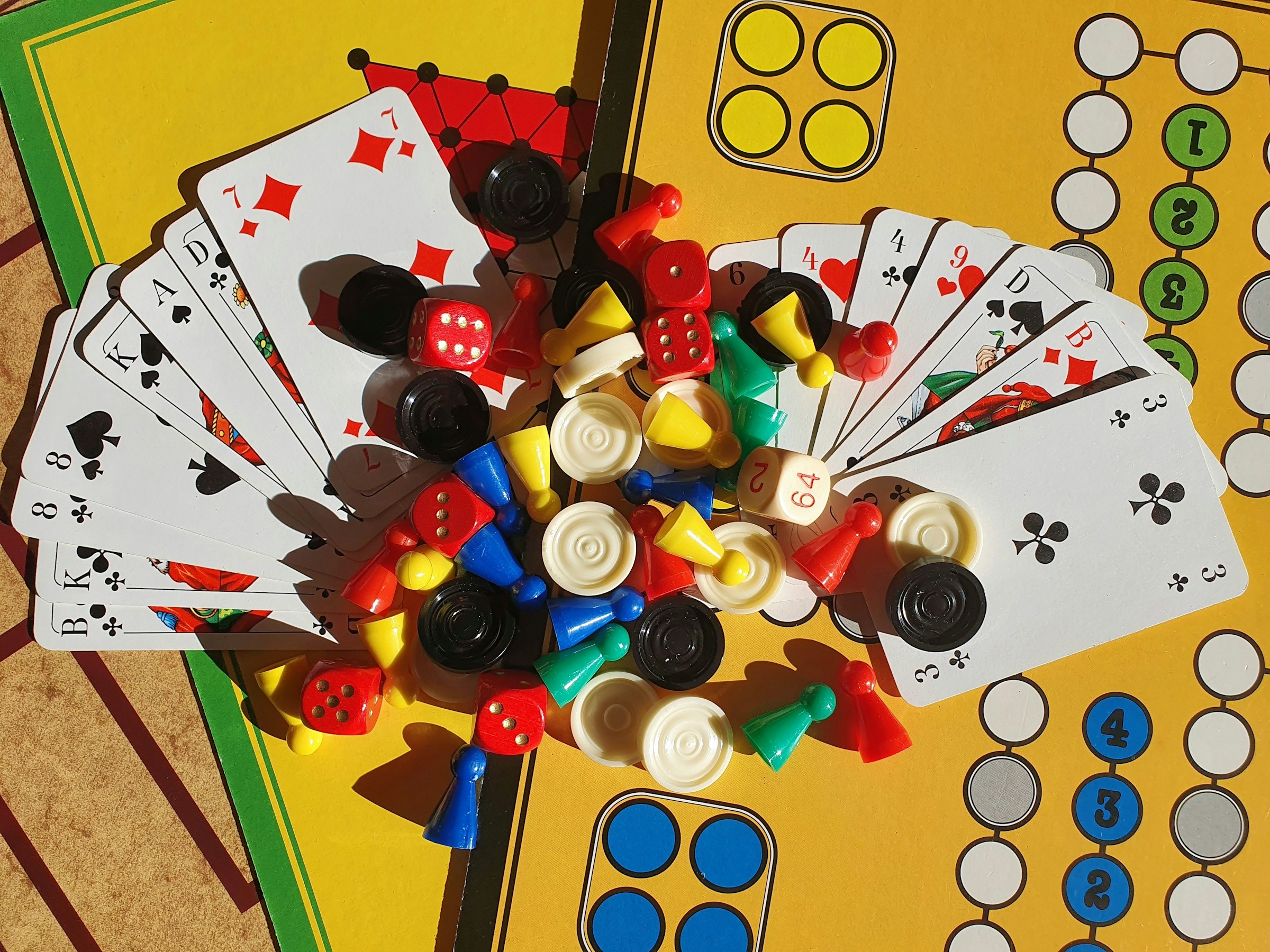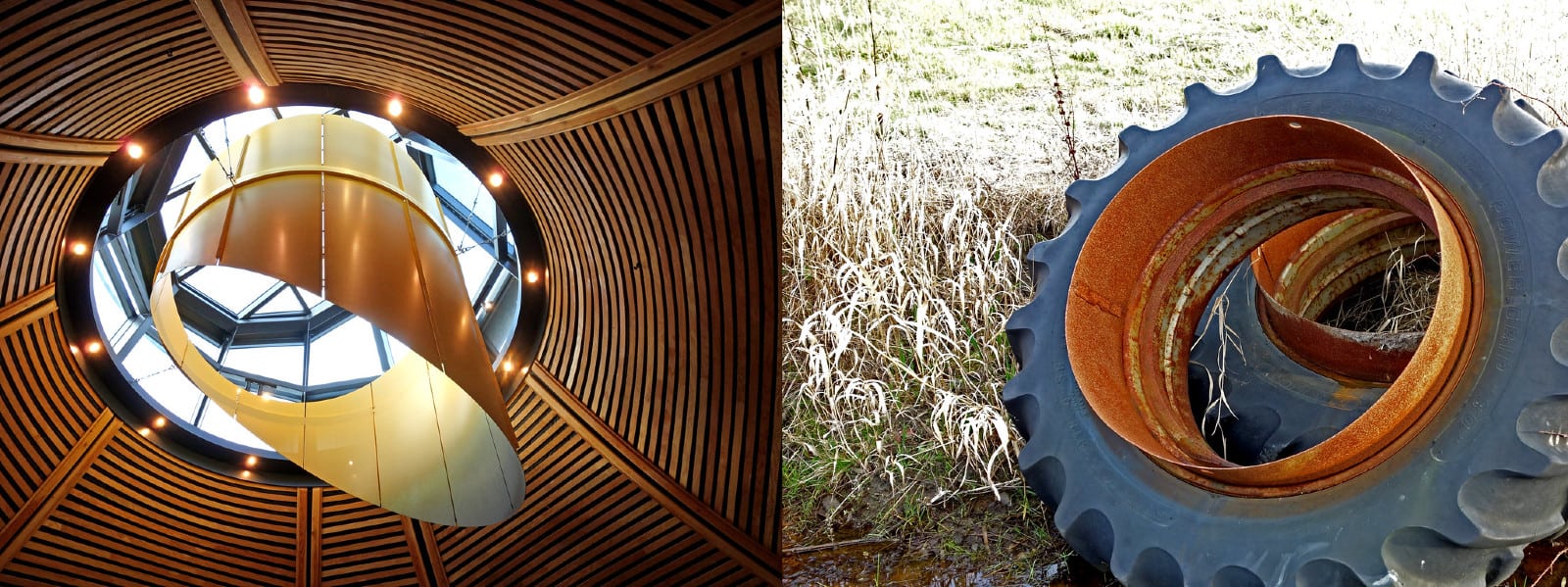You may have seen Jonathan Hare on the BBC programmes Rough Science and Hollywood Science. As a freelance scientist and science communicator, maths is involved in everything he does. Here is what he thinks about it.
Whether I am mending a radio, focusing the Sun’s rays using a parabolic solar cooker, working out the way the football molecule C60 absorbs light, or estimating the chances of Bruce Willis surviving the fire hose jump in the film Die Hard – I need maths!
I think there are two things that define a scientist. Firstly, we do experiments based on our ideas/theories to explore and understand the things we see around us. Secondly, we try to realistically understand the numbers generated by these experiments. In one way or another, maths is the language of experiment. The experiment is like a question and the result is an answer (although often hidden) in the language of maths.
This all sounds a bit technical but in reality these “numbers” can be anything that helps us see things clearly, such as 1, 2, 3 of course, or perhaps ON, ON, OFF, or greater or less, perhaps a light or dark band in an optical experiment. In other words, numbers are something that helps clarify whatever it may be that we are trying to observe. Without numbers the picture can be fuzzy, indistinct and capable of being misinterpreted. With numbers the image starts to sharpen. Maths allows us to express observations with great precision.
Without the maths – the numbers – there would be no difference between an experimental cook and a scientist. Scientists go one step further by using maths to try and home in on what is exactly going on.
Clear observation is at the heart of all this. To try and see what is really in front of us, rather than what we might think or hope is there. This is easy to say, but hard to do. What we think we see is what we perceive to be there, but this is often only in our heads – “reality” wrapped up in our imagined view of the world. Using maths we can be very specific about what we see, and then start to spot patterns that we could not otherwise have perceived to be there.
Using maths we can try to make clear observations of the world. Little by little, piece by piece, we can gather the threads of observations and weave them into a picture of the world. A picture that we hope lets us look a little deeper into things.
I am not sure how it works, I am not even sure what we are doing when we count and then extend this into more complex maths. But I know the attempt is a grand view, a great undertaking and a wonderful thing.
Related Links
The creative science centre
The focus of the centre is to stimulate enthusiasm and experience of science by providing ideas, resources and supervision to enable students to create experiments for themselves.




